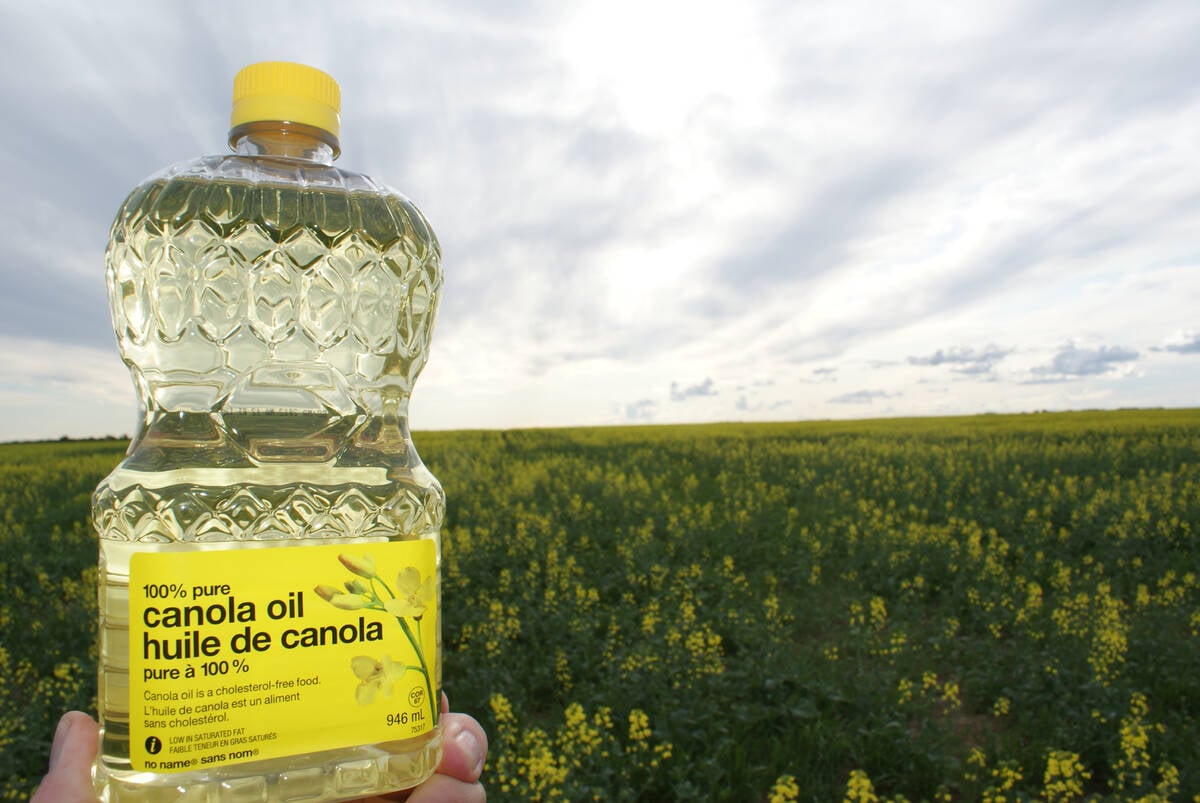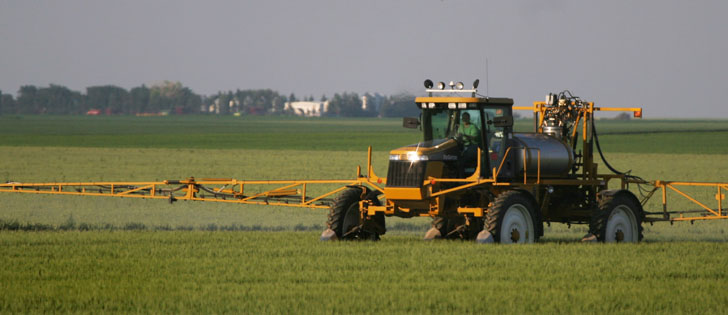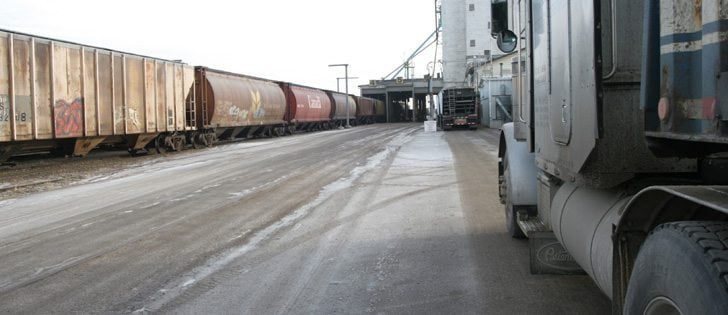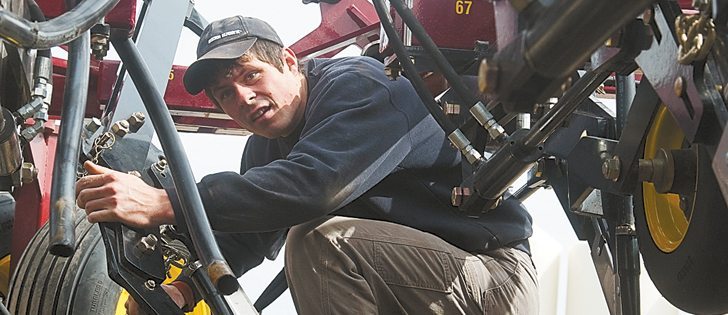Cropland may be selling for $1,500 or more per acre in parts of Saskatchewan, but land remains cheap in the province compared to Nebraska.
Land prices are creeping up to $10,000 US per acre in that state.
The Omaha branch of the Federal Reserve Bank of Kansas City stunned observers when it released its cropland values report for the third quarter of 2011 in mid-November. The price gains in Nebraska, nearly a 40 percent increase over the last 12 months, shocked even Jason Henderson, who wrote the report.
“It was a jaw-dropping increase over the last year,” said Henderson, vice-president of the Omaha branch.
Read Also

Rising vegetable oil demand may offset bad biofuel news
Global biodiesel/renewable diesel production is expected to decline for the first time in a decade. Bad timing for a canola industry looking for new markets.
When local media in Omaha called Henderson last week to talk about the increases, several reporters didn’t believe the figures.
“They (reporters) said this couldn’t be true. I said, ‘OK, we’ve had land sell for $8,000 to $9,000 (per acre) in the eastern part of the state.’ ”
Henderson determined that irrigated cropland values in Nebraska increased 40.6 percent from fall 2010 to autumn 2011, while non-irrigated land increased 38.3 percent.
In the same period, cropland prices in Kansas increased 15 percent for irrigated land and 20 percent for dry-land.
Financial analysts and media pundits have attributed the incredible price gains in Nebraska, along with double digit increases in the Midwest and the Northern Plains, to hedge funds, pension funds and other investors snapping up farmland in the region.
However, Henderson said the role of funds has been overstated because most land buyers are local farmers looking to expand.
“Where they have irrigated land, where they produce corn, that’s where we’re seeing huge gains in profitability,” he said. “That (profitability) is quickly being turned over … and the farmers are coming out and buying land.”
However, he said outside investors are part of the story because there are multiple bidders whenever land comes up for sale in Nebraska.
“In the case of the Midwest, I think the funds are looking to buy land, but they just haven’t been able to pull the trigger.”
Henderson said farmers and spec-u lators are pursuing farmland because of record low interest rates and poor returns from conventional investments in the money markets.
“With CD (certificate of deposit) rates exceptionally low and returns to agricultural production exceptionally high, more people are drawn to looking to agriculture as an investment opportunity,” he said.















